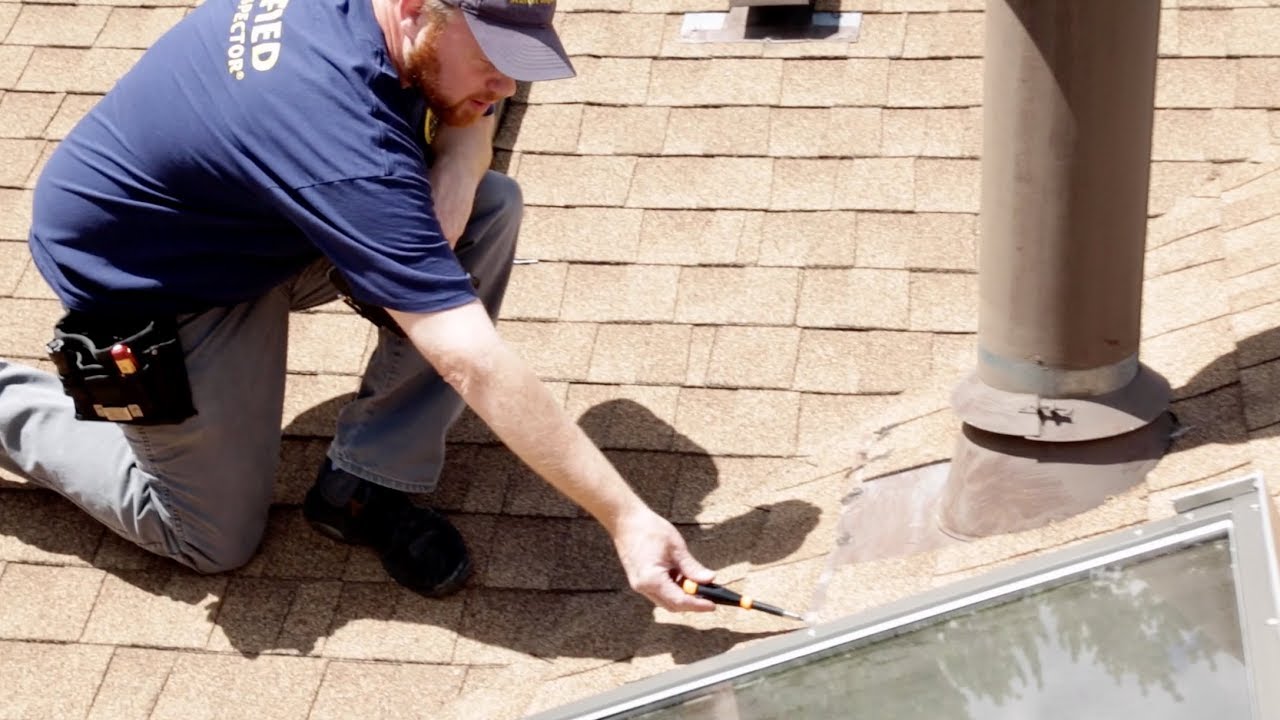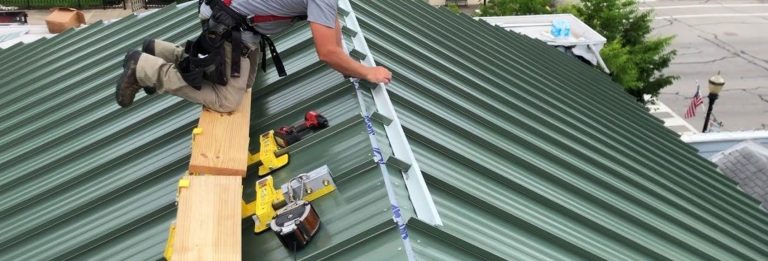
A well-maintained roof is essential to the safety and longevity of any building. It serves as the first line of defense against the elements, protecting everything beneath it from water damage, extreme weather, and other external factors. Regular roof inspections are key to preserving this protective barrier and preventing costly repairs. Whether you’re a homeowner, business owner, or property manager, knowing how to inspect your roof properly can save you time, money, and stress. This article outlines the top 10 roofing inspection tips that will help you identify potential issues early and ensure your roof remains in top condition.
1. Start with a Visual Inspection
Before climbing onto the roof, conduct a thorough visual inspection from the ground. Use binoculars if necessary to closely examine the surface of the roof. Look for obvious signs of damage, such as missing or curled shingles, cracked tiles, or areas where the roof has shifted. Pay particular attention to valleys and ridges, as these areas are most susceptible to damage. Also, check for signs of water staining on the exterior walls, which could indicate a leak or poor drainage.
2. Check for Damaged or Missing Shingles
Shingles are one of the most common roofing materials, but they can also be one of the most vulnerable to wear and tear. During your inspection, check for cracked, curled, or missing shingles. If you spot any damaged shingles, it’s crucial to replace them promptly to avoid water infiltration. A few missing shingles can lead to significant roof damage if not addressed, especially during heavy rainfall or windstorms.
3. Inspect the Flashing
Flashing is a material used around roof penetrations such as chimneys, vents, and skylights to prevent water from seeping in. Over time, flashing can become loose, cracked, or corroded, leading to leaks. Inspect the flashing around all penetrations to ensure it’s in good condition and properly sealed. If you find damaged flashing, it should be repaired or replaced immediately to prevent water damage.
4. Examine the Gutters and Downspouts
Your gutters and downspouts play a critical role in protecting your roof and foundation by directing rainwater away from your property. During your roof inspection, check that gutters are free of debris, such as leaves and twigs, which can cause blockages. Ensure that downspouts are properly connected and directing water away from the foundation. Clogged gutters can lead to water buildup, which may result in leaks, roof rot, or even foundation issues.
5. Look for Signs of Water Damage
Water damage is one of the most insidious problems that can affect a roof. During your inspection, look for signs of water damage both inside and outside your home. Inside the attic, check for damp spots, water stains, or mold, which could indicate a leak. Outside, inspect for areas where water may be pooling on the roof or signs of mold growth. If you spot any of these signs, it’s essential to address the issue promptly before it leads to more significant problems, such as structural damage.
6. Examine Roof Penetrations
Roof penetrations such as chimneys, skylights, and vent pipes are common areas for leaks to develop. Check the seals around these penetrations to ensure they’re intact and free from damage. Look for cracked seals, gaps, or any deterioration around the edges. Leaks often develop in these areas because the seals break down over time due to exposure to the elements. If you spot any issues, re-sealing or repairing these areas is necessary to prevent water infiltration.
7. Assess the Roof Slope and Drainage
Proper drainage is vital to a roof’s longevity. Ensure that your roof has the correct slope and that water can flow off it freely. A flat or low-slope roof is especially vulnerable to water accumulation, which can cause leaks or structural damage. Check that gutters, downspouts, and scuppers are positioned to direct water away from the roof and that there are no areas where water is pooling. Poor drainage can significantly shorten the life of your roof and lead to costly repairs.
8. Inspect the Roof Decking
While it’s not always visible, the roof decking (the underlying material that supports the roofing system) is an important part of your roof’s structural integrity. In some cases, it may be necessary to access the attic to inspect the decking. Look for any signs of sagging, warping, or water damage. A damaged roof deck can compromise the entire roofing system, so it’s important to address any issues with the decking as soon as they are identified.
9. Check for Overhanging Branches
Tree branches that hang over your roof can pose a significant risk, especially during storms. High winds can cause branches to break and fall onto the roof, causing damage to shingles, gutters, or even the structure itself. Additionally, overhanging branches can deposit debris onto the roof, leading to clogged gutters or moss growth. Trim any overhanging branches to minimize the risk of damage and keep your roof free of debris.
10. Hire a Professional Roofing Inspector
While conducting your own roof inspection is beneficial, it’s always a good idea to have a professional roofing inspector assess your roof on a regular basis, especially if your roof is nearing the end of its lifespan. Professional inspectors have the expertise and tools to identify hidden issues that may not be immediately obvious during a DIY inspection. They can provide you with a comprehensive report on the condition of your roof and offer recommendations for repairs or maintenance. Regular professional inspections can help catch problems early, preventing expensive repairs down the road.
Conclusion
A well-maintained roof is essential for protecting your home or business from the elements, and regular roof inspections are a key component of that maintenance. By following these top 10 inspection tips, you can identify potential issues early, address them before they escalate, and extend the lifespan of your roof. Whether you are conducting a DIY inspection or hiring a professional, taking the time to inspect your roof regularly will save you money in the long run and provide peace of mind knowing your property is well-protected. Don’t wait until a major issue arises—make roof inspections a routine part of your property upkeep, and you’ll avoid costly surprises down the road.





